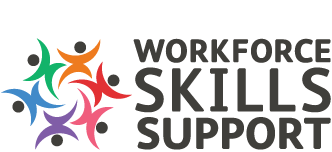The NHS Ambulance Services treat approximately 30 000 patients a year for out of hospital cardiac arrest. And with around 70 per cent of cardiac arrests taking place in the home and half being witnessed by a bystander, quick intervention could mean the difference between life and death for a family member or friend. The bigger issue is only 40% of people receive bystander CPR in the UK. Defibrillation within 3–5 minutes of collapse can produce survival rates up to 50–70%. Each minute of delay reduces the probability of survival to hospital discharge by 10%. Research suggests that using a defibrillator within the first 3-5 minutes of cardiac arrest improves those chances of survival by 50-70%. Furthermore, immediate AED treatment can have a survival rate of 90-95%. Clearly the quicker the patient gets treatment, the better. Therefor its important we all feel confident with using one before we must in real life. Early recognition is essential for a successful outcome. The quicker a bystander does CPR the better response, the first 4 minutes is key. If defib is available, you want to be getting that as soon as you notice the arrest. And remember to call 999. Having an AED close at hand improves your survival chance, from 5% with CPR alone, to a convincing 75%.
Recently during a Euro 2020 match, a footballer collapsed on the pitch and went into Cardiac Arrest, however the quick thinking of players and medics to perform CPR and utilise a defibrillator have saved his life. Without this quick intervention, the player may not have survived. Unfortunately, a lack of knowledge and confidence in how to handle cardiac arrest means many bystanders fail to act. CPR is amongst the simplest and most important of all first aid skills, but should someone experience cardiac arrest, use of an Automated External Defibrillator (AED) can boost their chances of survival much more than CPR alone. An AED cannot be effective without good-quality CPR, but conversely, CPR alone is very unlikely to restore normal heart function. Without CPR by bystanders until the arrival of emergency services, even if they are summoned promptly, chances of survival are vanishingly small. The target response time for NHS ambulances is 7 minutes. Even if this is achieved, by 7 minutes without oxygen permanent brain damage has often already occurred, as brain cells begin shut down after 4-6 minutes. In most circumstances, after ten minutes without oxygen, brain cells cease to function altogether, resulting in death or severe neurological damage. Therefore, it’s so important for everyone to be trained first aid, especially emergency first aid. it is also vital to understand that if someone is in cardiac arrest and needs CPR, it is impossible to make things worse for them, by breaking their ribs for example. Correct CPR often does crack ribs. However, if somebody is unresponsive and not breathing, they are effectively dead and have absolutely zero chance of recovery without first aid and/or medical attention. If bystanders do cause injuries to the casualty during CPR, they cannot get into legal trouble for doing so.
A Resuscitation Council Report suggests that only 30-40% of cardiac arrest victims receive CPR by bystanders, and ultimately only 8% of out-of-hospital cardiac arrest victims survive to be discharged from hospital. AED use is even rarer used in just 2% of out-of-hospital cardiac arrests. AEDs are now found in many public places, but many people lack the knowledge and confidence to seek them out and use them. Every minute that goes by without defibrillation lowers survival chances by 10% for those with a shockable heart rhythm. However, early administration of CPR combined with an AED can raise survival chances to as high as 40%!
It’s a great skill to know, feel confident that you could help someone. It could be one of your family members or friends that you’re helping.




